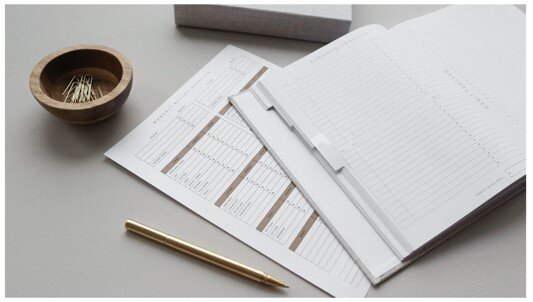Fixing Budget Fails
Photo Credit: Unsplash.com
If you have been reading this Blog regularly, you know that I wholeheartedly love all things budgeting. In most of my posts, I sing the praises of a “good” budget, but what exactly does that mean? It turns out, a “good” budget is different for everyone. Let me explain.
In the simplest terms, a budget is “money in, money out.” It is the allocation of incoming funds to bills, investments, and saving. Your income, obligations, and financial goals will be different than mine. Are you surprised to learn that there are dozens of personal budgeting styles out there? You might have a goal to curb excess spending, while I might be focused on paying down credit card debt. Each of these goals could benefit from a different budgeting technique. You could spend a few hours on Google looking for different approaches to personal budgeting, but let me save you some time. Below are four of my personal favorite commonly used budget styles. Maybe one will work for you!
50/30/20
The 50/30/20 budget is simple and user-friendly. This method divides your after-tax income into three sections – 50% to cover your needs (rent or mortgage, utilities, groceries, etc.), 30% for wants (entertainment, date-night sitters, hobbies, etc.), and 20% for goals. Want to pay off that credit card or stash some more money into a retirement account? That comes out of your 20%. The 50/30/20 budget would work best for someone who doesn’t need to track every cent and can instead feel at ease with expenses being lumped together.
The Envelope Method
Photo Credit: Unsplash.com
Before you reach for your credit or debit card, you might want to hear this first. We all love the convenience and security of paying with plastic over cash, but for some, it is a little too convenient. If you’re guilty of overspending, the envelope method is your solution! Create an envelope for each category in your budget. You can be as detailed as you want - think the electric bill, cell phone, internet over “utilities.” All of your monthly spending should occur from a designated cash-filled envelope. Once the cash is gone, that’s it. The envelope method is a great short-term budgeting tool that can help rein in out-of-control spending and retrain your brain to recognize the reality of spending – even when you aren’t using cash. Just make sure you keep your envelopes safe!
Pay Yourself First
This method is popular for a reason – you are investing in yourself and your future before sending money anywhere else. When you get paid, the first thing you do is take 20% and place it in savings. The other 80% covers everything else – bills, additional savings – whatever you want. You can also modify the amount you save. If 20% is not enough, increase it. If it is too much, lower it until you can afford to save more.
Zero-Based Budget
Photo Credit: Unsplash.com
What I love about this method is that everything has a place because each cent gets a “home.” When you adhere to this method, all of your income is filtered out to the appropriate spot in your budget. This is where it comes in handy to have very specific line items in your budget worksheet. I take this a step further and use multiple savings buckets for some of my budget categories. For instance, if my husband and I want to take a trip, I will open a special savings or club account just for that purpose. I can then determine the monthly contribution necessary to reach my goal and make sure that the money is allocated properly. Bonus points if your credit union or bank is offering a bonus to open a new account! Free money is always a nice perk – but make sure there are no fees associated with the account. You don’t want your hard work to go down the drain in fees.
Another useful approach I add to this method is called “Priority Budgeting,” which means that I contribute different amounts of my “pool” to different areas depending on how important it is to me. For example, when I was paying down credit card debt last year, I set a priority to each card and would funnel extra money to that until it was paid off. I then used the debt snowball method that takes the money I was spending each month and applied it to the next card in line. As the balance decreases, you have more to contribute to the next item in the priority list. By the way, the same can be used for saving money if you are debt-free.
The key to any successful budget is honesty. Be honest with yourself about what your wants and needs truly are. Can you cut spending to save more? Can you funnel more into debt repayment for a better financial future? You certainly can – with the right budget tools on your side!
What is your favorite budget style? I want to hear from you! Leave a comment below or email me.
Krista Kyte is a personal finance blogger and personal banker with over 18 years of experience in the financial industry. Krista is passionate about helping our members understand their financial situations. She writes tips that will help consumers reach and maintain financial security, and start living the life they’ve always wanted.






